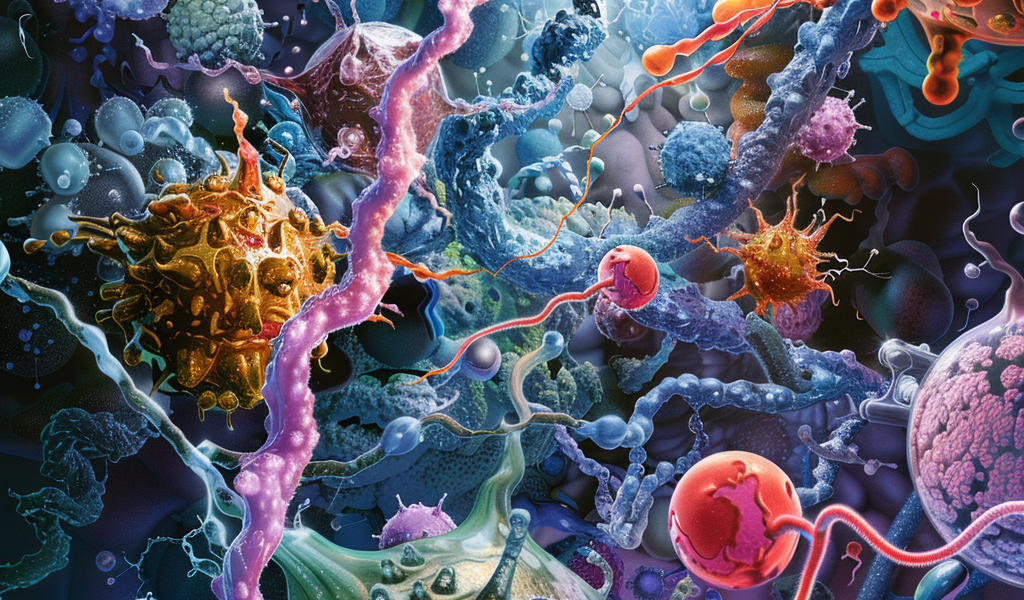Breakthrough in Protein Relocation Offers Hope for Cancer and Neurodegenerative Disease Treatments
In a groundbreaking development in the field of molecular biology, researchers have unveiled a novel approach to address the critical issue of protein misplacement within cells, a phenomenon that has significant implications for the treatment of various diseases, particularly cancers and neurodegenerative disorders. The research, led by Steven Banik, an assistant professor of chemistry at Stanford University, introduces a new class of molecules designed to facilitate the relocation of proteins to their designated cellular compartments.
The intricate architecture of cells is meticulously organized, with proteins playing pivotal roles in numerous biological processes. These proteins must reside in specific locations to function effectively. For instance, certain proteins are essential for monitoring DNA replication in the nucleus. However, in some cancerous conditions, these proteins can become displaced, leading to unchecked cellular growth and proliferation.
Banik and his team have developed a strategy to counteract this misplacement by utilizing what they call Targeted Relocalization Activating Molecules, or TRAMs. These innovative molecules are designed to rewire the activity of natural protein shuttles, which are responsible for transporting proteins throughout the cell. By modifying these shuttles, TRAMs can effectively redirect proteins that have strayed from their intended locations.
The research, recently published in the journal Nature, highlights the potential of TRAMs to serve as therapeutic agents. By coaxing proteins back to their proper homes, this method could pave the way for new treatments aimed at correcting the protein misplacement associated with various diseases. Furthermore, it opens up possibilities for engineering new cellular functions by manipulating protein localization.
Understanding the cellular environment is crucial to grasping the significance of this research. Cells are not just simple structures; they are dynamic and crowded spaces where proteins, lipids, and RNA molecules interact continuously. This bustling environment means that proteins must navigate through a complex landscape to reach their destinations. Banik emphasizes, “Cells are really crowded places. Proteins are whizzing through the crowd, passing by all kinds of other molecules like RNA, lipids, and other proteins. So a protein’s function is highly dependent on its location within the cell.”
The implications of this research extend beyond cancer treatment. Misplaced proteins are also implicated in neurodegenerative diseases, where the proper functioning of proteins is essential for maintaining neuronal health. By applying the TRAM approach, researchers hope to develop targeted therapies that can restore normal protein localization and function, potentially alleviating the symptoms of these debilitating conditions.
As the research progresses, Banik and his team are exploring the broader applications of TRAMs in cellular biology. The ability to manipulate protein localization could lead to significant advancements in synthetic biology and bioengineering, allowing scientists to design cells with customized functions for various applications, including drug development and regenerative medicine.
The potential of TRAMs to revolutionize the landscape of molecular therapies is immense. By addressing the fundamental issue of protein misplacement, this research not only enhances our understanding of cellular processes but also offers hope for developing innovative treatments for diseases that currently have limited therapeutic options.
In summary, the introduction of TRAMs represents a significant leap forward in the quest to understand and manipulate cellular dynamics. As researchers continue to delve into the complexities of protein localization, the promise of new therapeutic strategies to combat cancer and neurodegenerative diseases becomes increasingly tangible.





